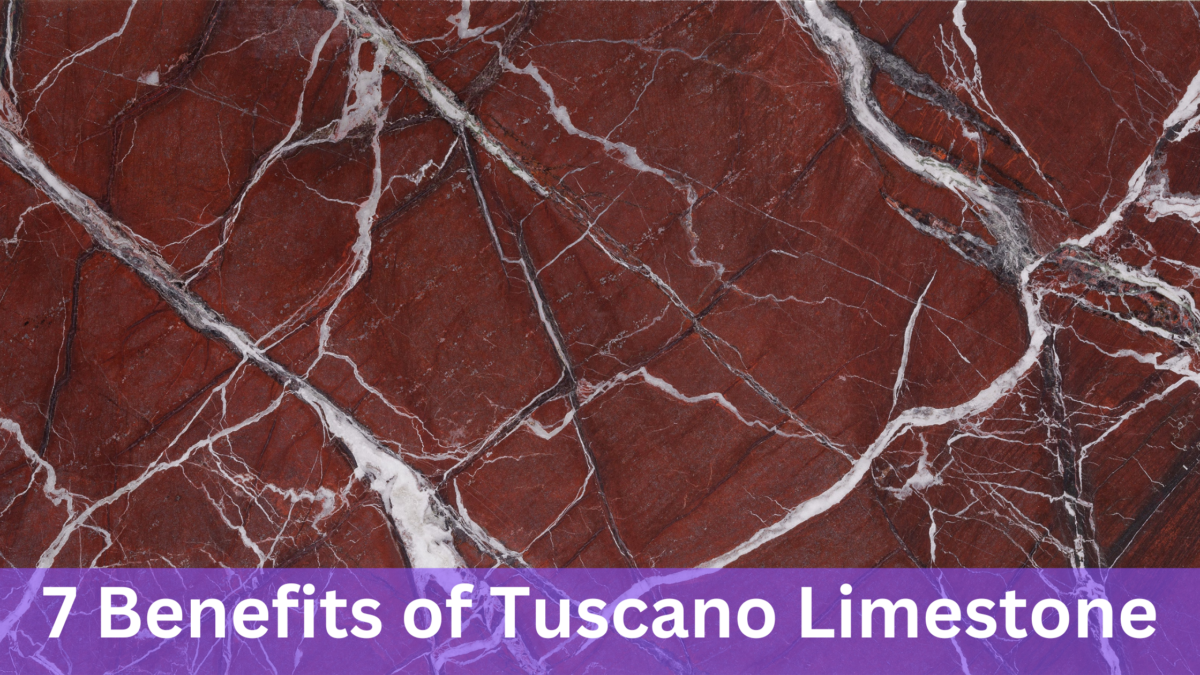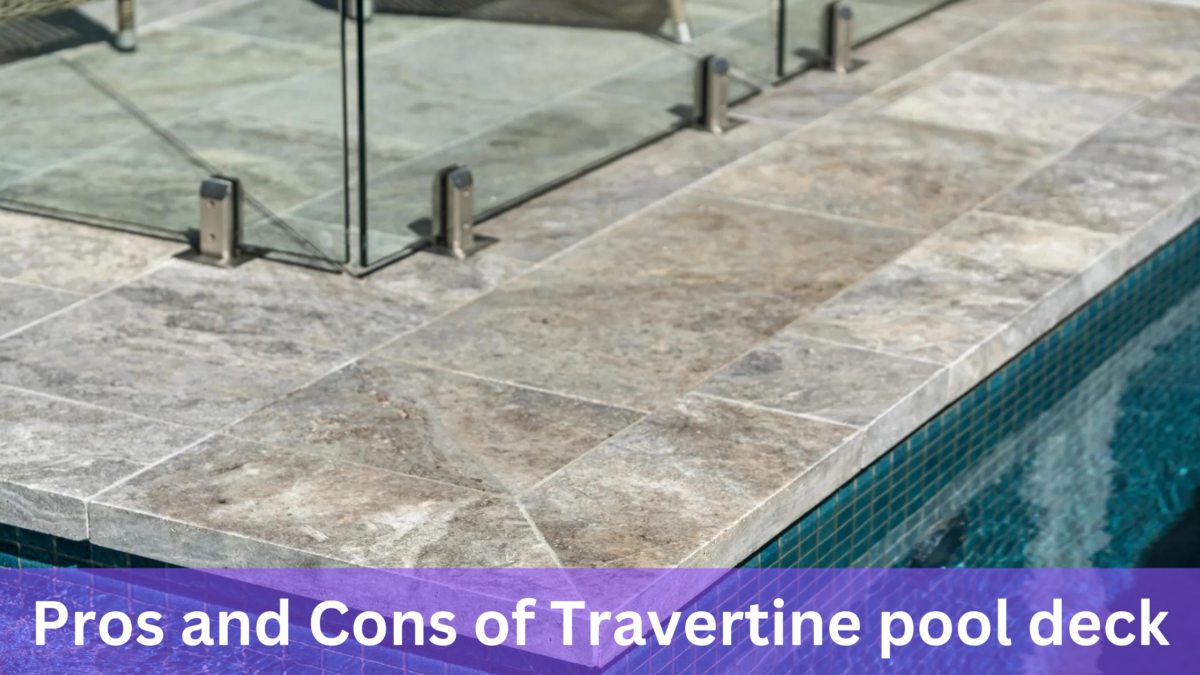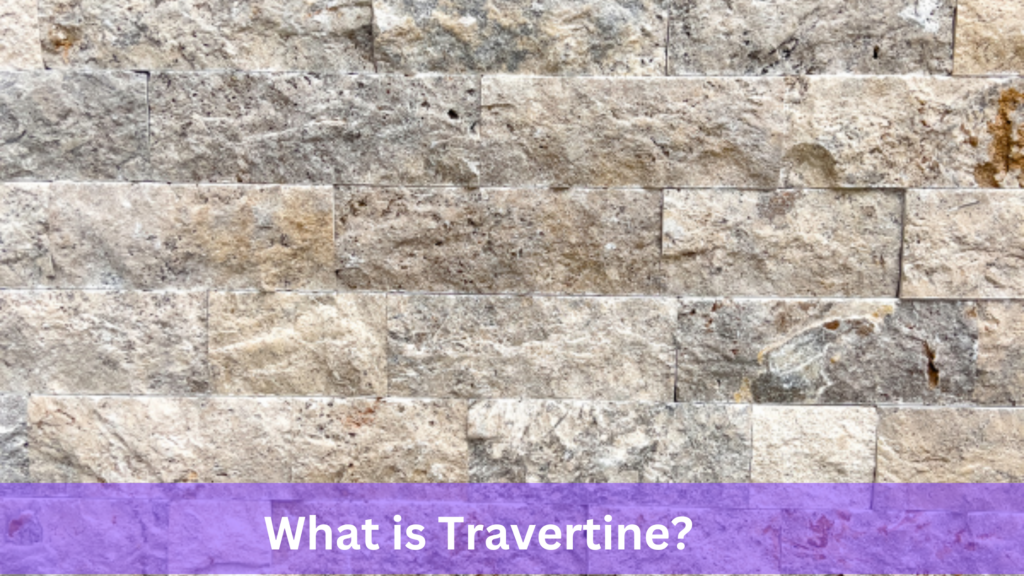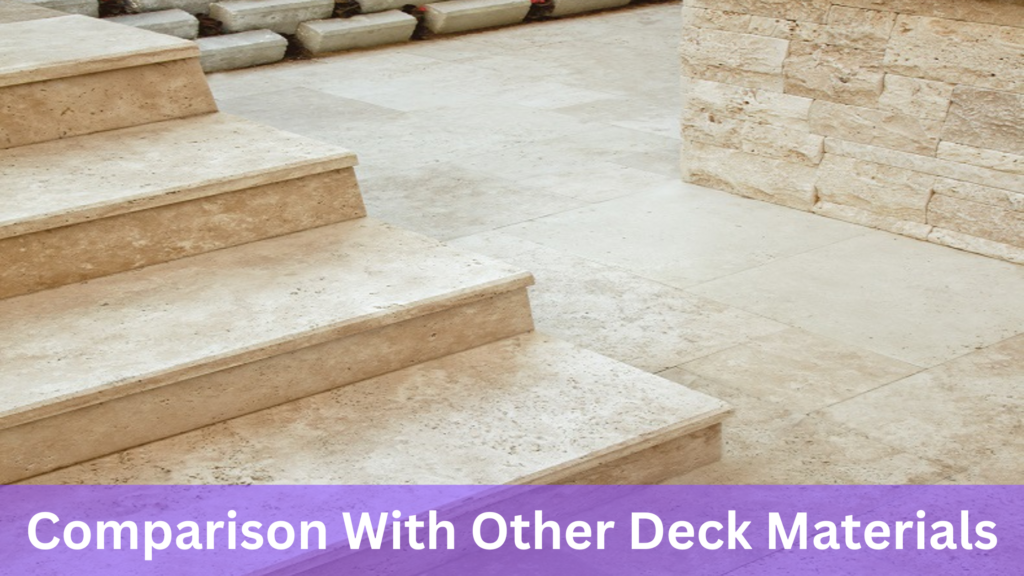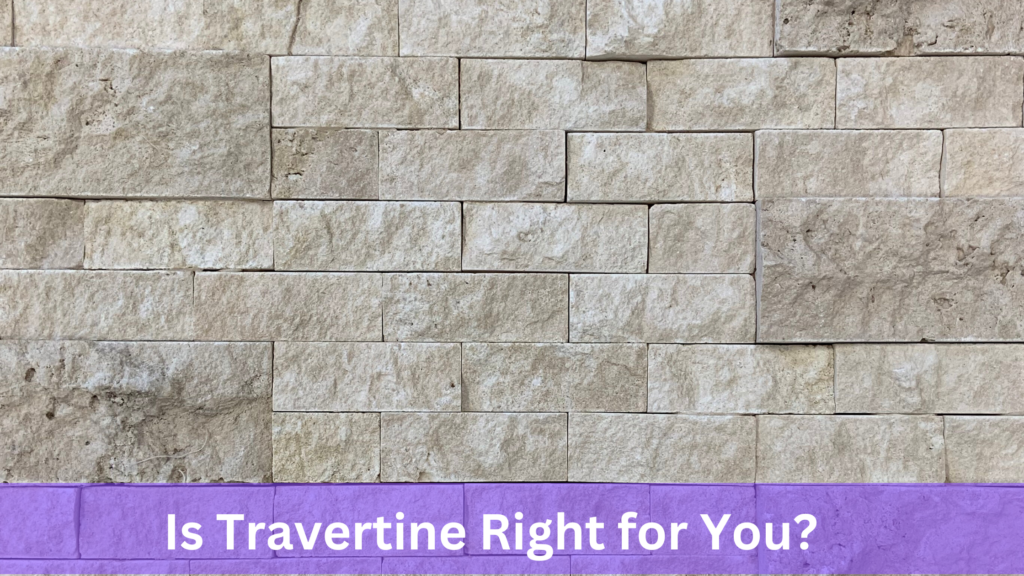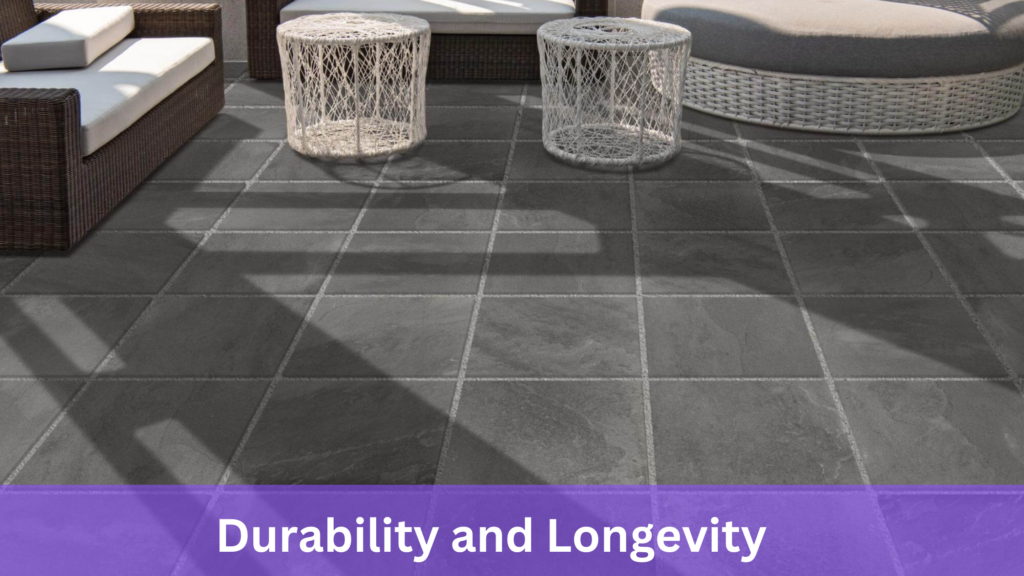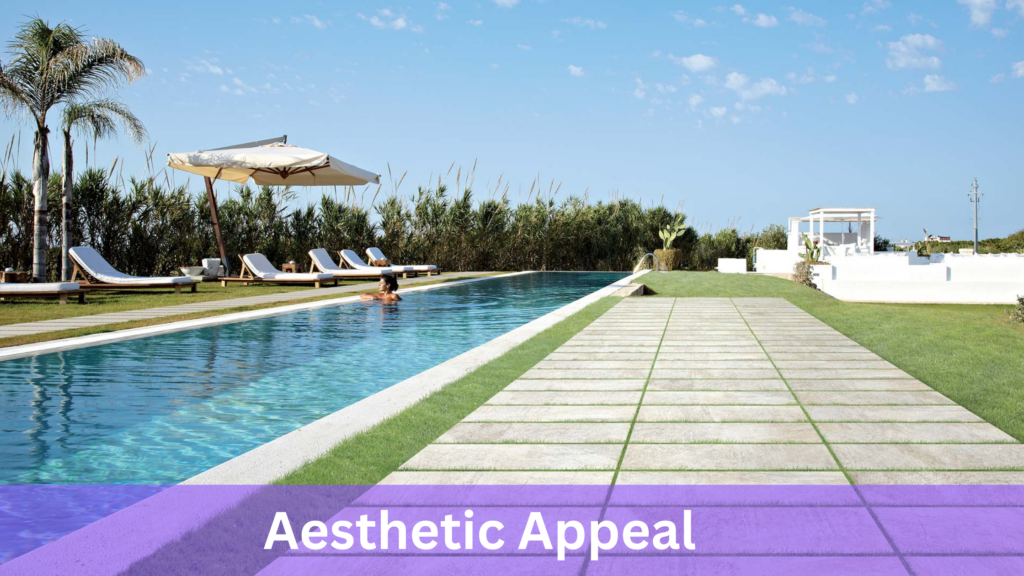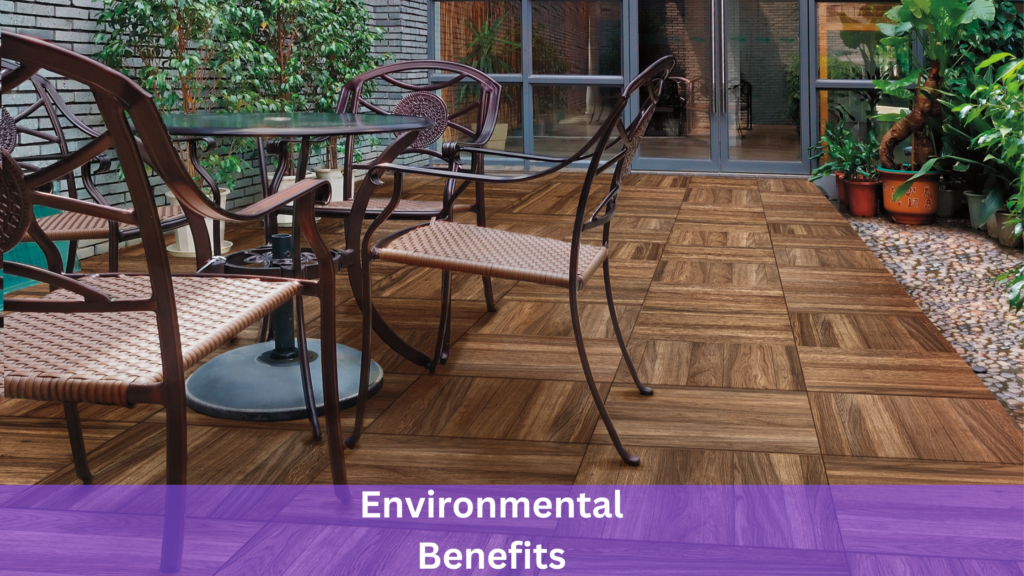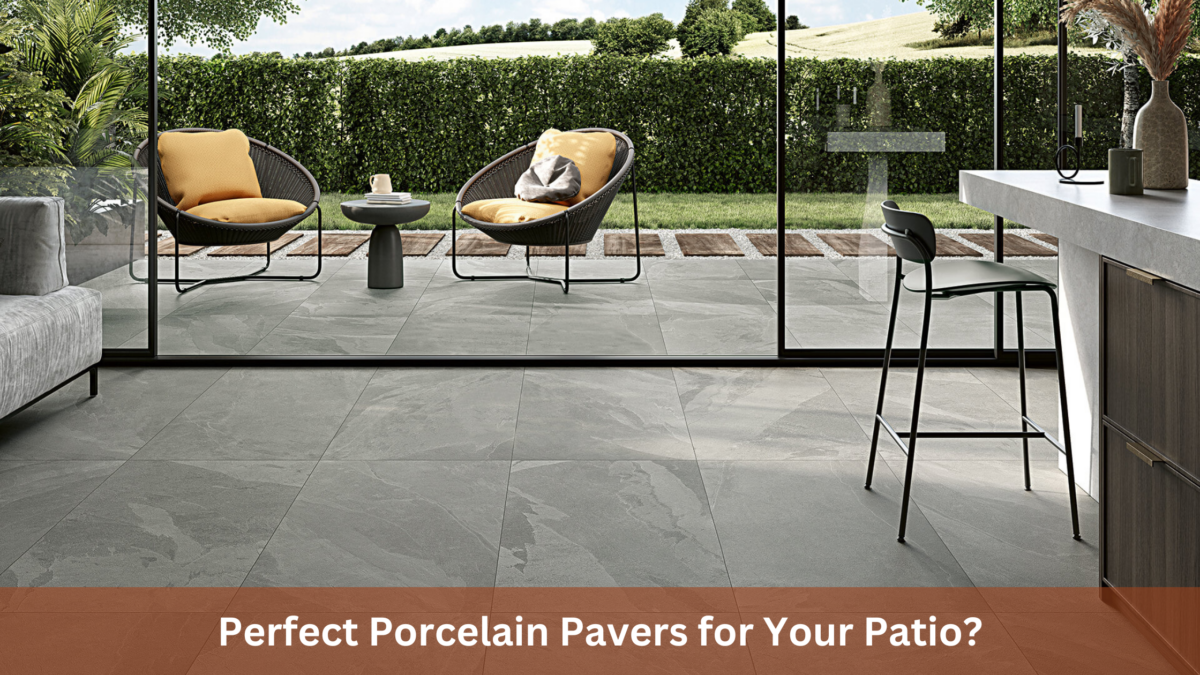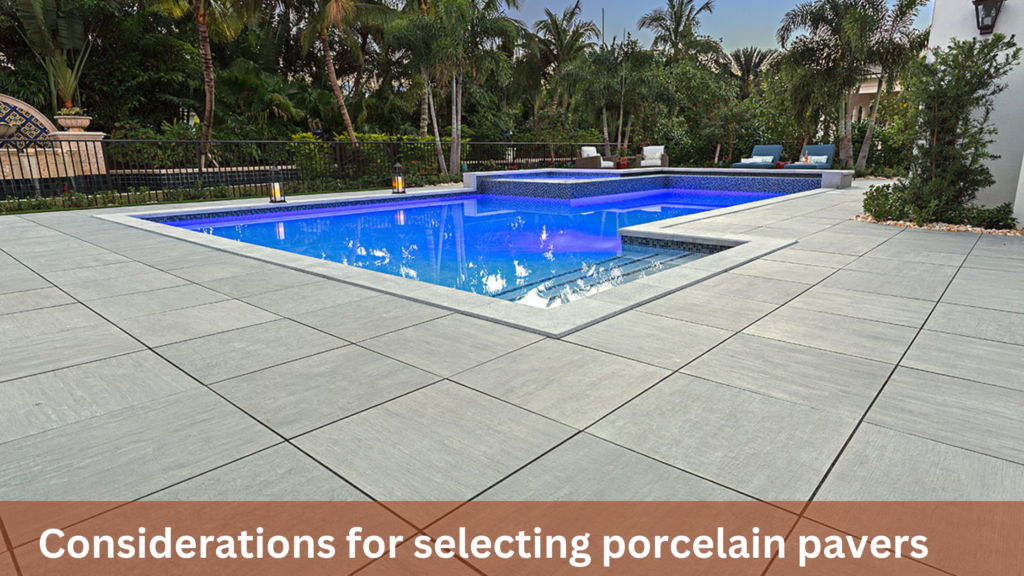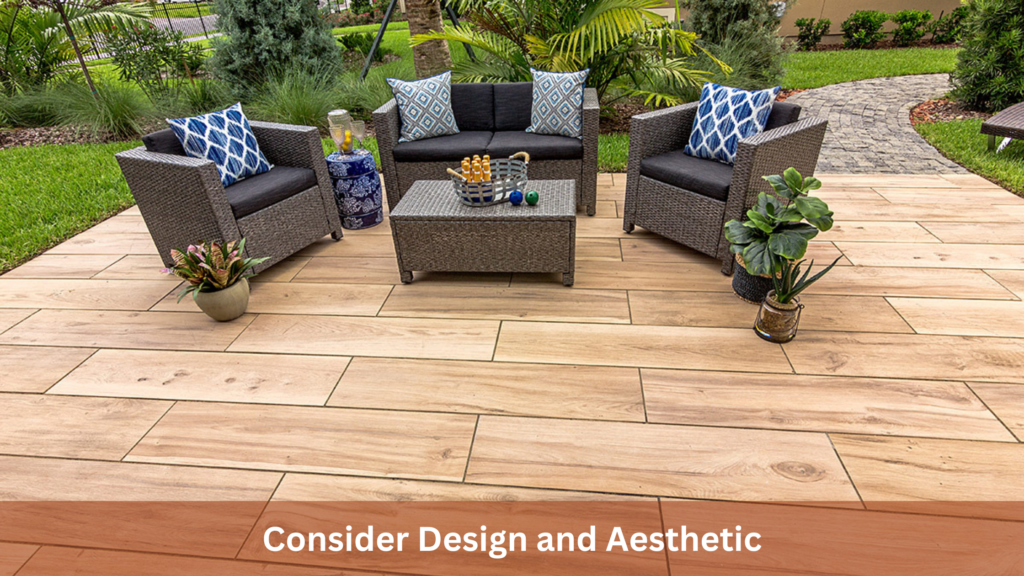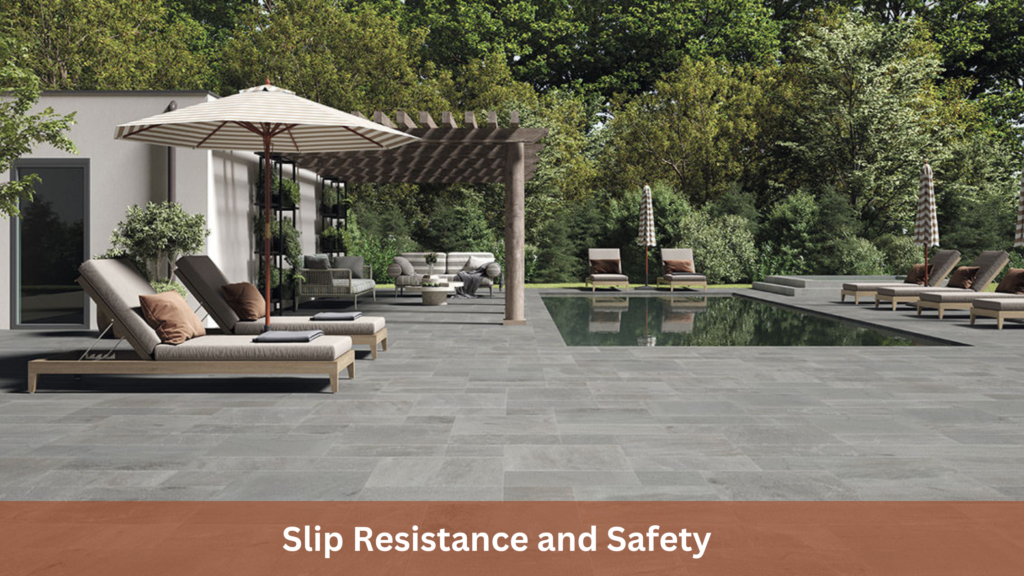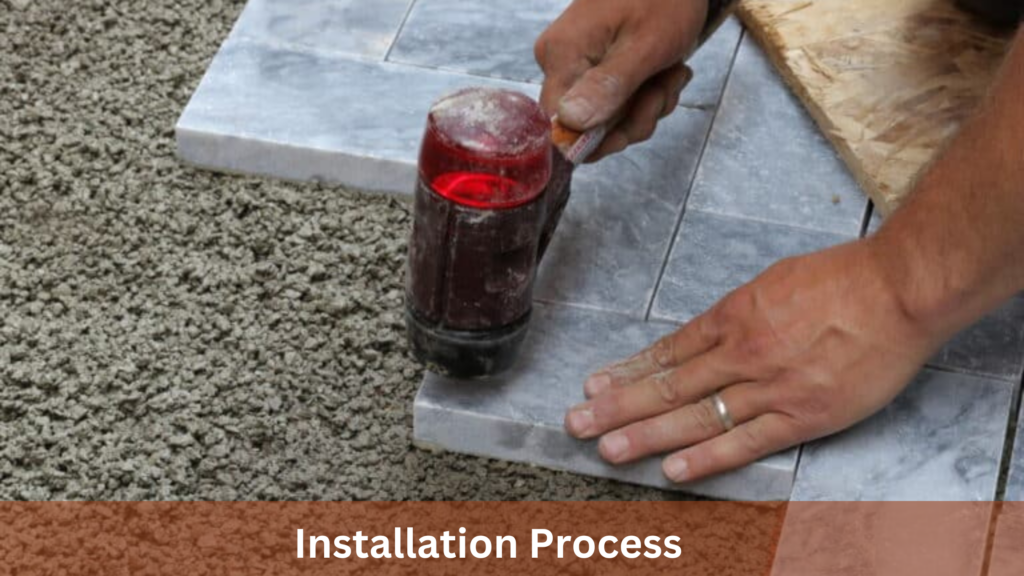7 Benefits of Tuscano Limestone You Must Know
Need help finding a durable and aesthetically pleasing material for your home renovations?
Ordinary stones often need to provide long-lasting beauty and strength, leaving you with costly repairs and a less-than-ideal appearance.
Learn the 7 benefits of Tuscano limestone, a premium choice that offers unparalleled durability, timeless elegance, and low maintenance. Transform your space with a material that meets all your design and practical needs.
1. Timeless Aesthetic Appeal
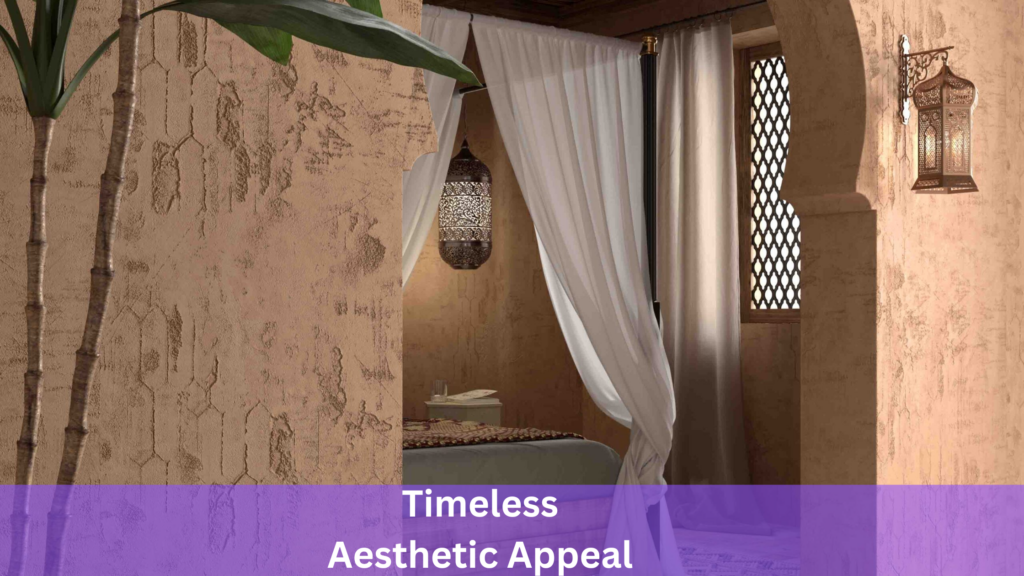
Tuscano Limestone offers a timeless aesthetic appeal that enhances the beauty of any home exterior. Its natural elegance and classic appearance create a sophisticated look that stays in style. The unique texture and subtle colour variations of Tuscano Limestone add depth and character, ensuring your home remains stylish for years.
Versatility in Design – Tuscano Limestone seamlessly integrates with various architectural styles, whether you prefer a modern, minimalist look or a traditional, rustic charm. Its neutral tones and natural finish complement multiple colour palettes and materials, offering creative freedom in exterior design.
Ageing Gracefully—Unlike synthetic materials that fade or deteriorate, Tuscano Limestone ages gracefully. Over time, it develops a beautiful patina that enhances its visual appeal while maintaining its integrity and charm.
Long-Lasting Investment – Tuscano Limestone’s enduring beauty elevates your home’s aesthetic value and increases its overall market value. Its natural durability ensures it remains attractive with minimal maintenance, making it a wise investment for homeowners seeking style and longevity.
2. Exceptional Durability
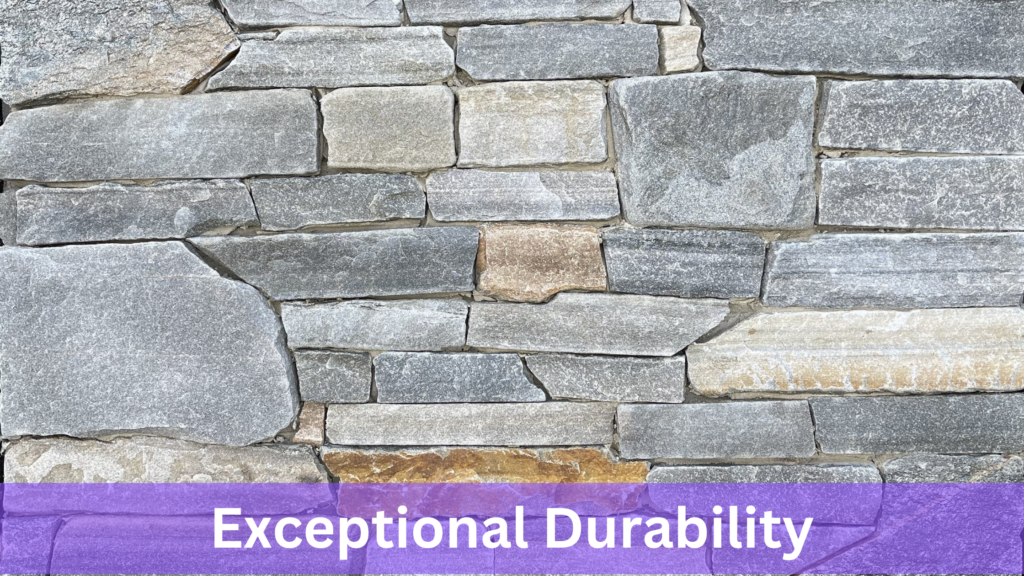
Tuscano Limestone is renowned for its exceptional durability, making it a top choice for homeowners seeking long-lasting materials for their exterior projects.
This natural stone is highly resistant to weathering, ensuring it can withstand harsh environmental conditions, including extreme temperatures, heavy rainfall, and intense sunlight. Its robust nature means it won’t crack, chip, or erode quickly, maintaining its structural integrity over time.
Resistance to Wear and Tear—One of Tuscano limestone’s key benefits is its ability to resist wear and tear. Unlike other materials that may deteriorate under frequent use, Tuscano Limestone remains resilient. This makes it ideal for high-traffic areas such as driveways, walkways, and patios, where durability is paramount.
Low Maintenance Requirements—Tuscano Limestone’s durability also translates into low maintenance requirements. Its tough surface doesn’t easily stain or scratch, reducing the need for frequent repairs or replacements. Regular cleaning with mild soap and water is typically sufficient to keep it looking pristine.
Long-Term Cost Efficiency—Investing in Tuscano Limestone can be cost-effective in the long run. Its long-lasting nature means fewer replacements and repairs, saving you money. The durability of this stone ensures that your exterior remains beautiful and adds lasting value to your property.
3. Versatility in Design
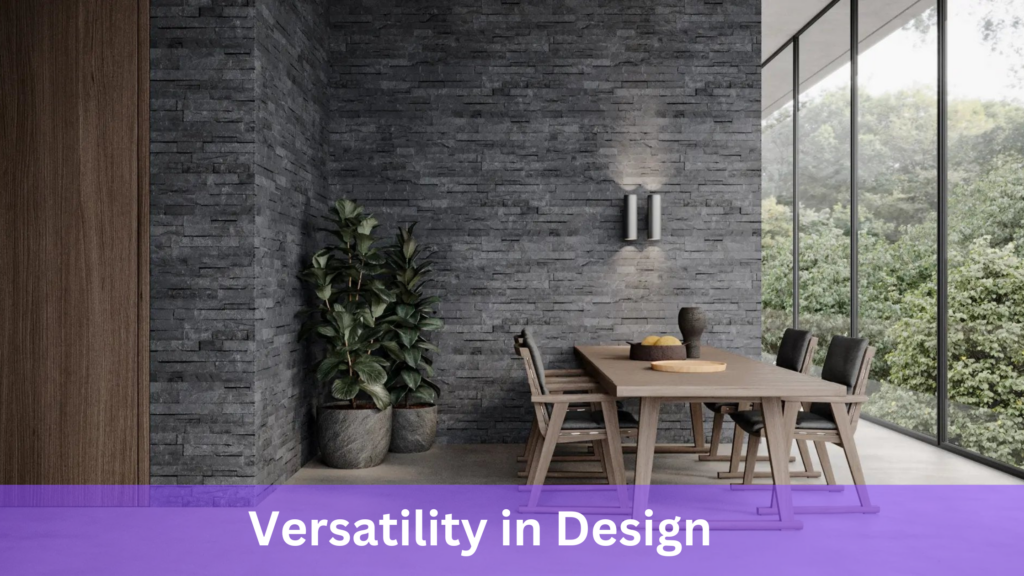
Tuscano Limestone is celebrated for its versatility in design, making it an ideal choice for a wide range of architectural and landscaping projects. Its natural beauty and neutral tones allow it to blend seamlessly with various styles, from modern and contemporary to classic and rustic.
Adaptability to Various Styles – Tuscano Limestone’s subtle colour variations and unique texture provide a sophisticated look that enhances both traditional and modern aesthetics.
Whether you are designing a sleek, minimalist patio or a charming, rustic garden path, Tuscano Limestone can be tailored to meet your design vision.
Complementing Other Materials – This limestone pairs well with various other materials, such as wood, metal, and glass. Its neutral palette complements a wide range of colour schemes and design elements, allowing for creative combinations that elevate the overall aesthetic of your space.
Applications in Multiple Areas—Tuscano Limestone’s versatility extends to its applications. It is perfect for exterior facades, driveways, walkways, garden paths, patios, and pool surrounds. Its durable nature ensures it can handle high-traffic areas while maintaining its elegant appearance.
Customizable Finishes – Tuscano Limestone is available in different finishes, such as honed, polished, or textured, offering further customisation to suit specific design preferences. These finishes can enhance the stone’s natural beauty and fit the desired ambience of any outdoor space.
4. Natural Sustainability
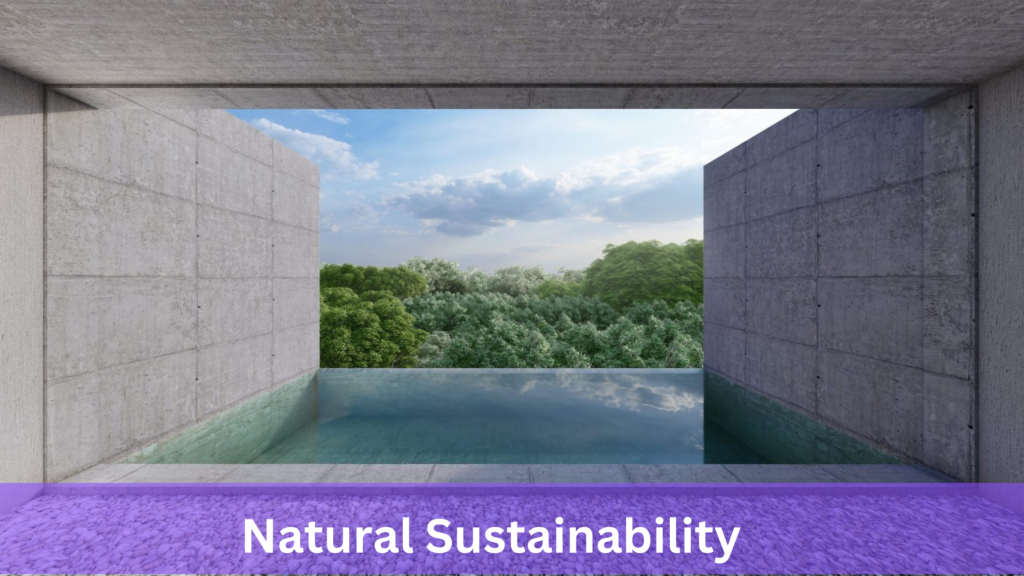
Tuscano Limestone is an environmentally friendly building material, making it a top choice for those prioritising natural sustainability in their projects.
Its production and use have a lower environmental impact than synthetic materials, aligning with green building practices and sustainable design principles.
Eco-Friendly Extraction and Processing—Tuscano Limestone extraction involves minimal processing, reducing energy consumption and greenhouse gas emissions. Unlike manufactured products, natural limestone does not require chemical processing, making it a more eco-friendly option.
Longevity and Durability—One key aspect of sustainability is the material’s longevity. Tuscano Limestone’s exceptional durability means it lasts longer, reducing the need for frequent replacements. This longevity not only conserves resources but also minimises waste over time.
Recyclable and Reusable—Tuscano limestone can be repurposed for other projects at the end of its life cycle. This reduces landfill waste and promotes a circular economy. Reclaimed limestone can be used in various applications, maintaining its value and reducing the environmental footprint.
Natural Insulation Properties—Tuscano Limestone has natural insulation properties that help regulate building temperatures. This can reduce energy consumption for heating and cooling, contributing to lower carbon emissions and energy costs.
5. Low Maintenance Requirements
One of Tuscano Limestone’s standout benefits is its low maintenance requirements, making it a practical choice for both residential and commercial projects. Its natural composition and durability mean it can withstand the elements and be worn every day with minimal upkeep.
Stain Resistance – Tuscano Limestone is naturally resistant to stains, reducing the need for frequent cleaning. Its dense structure prevents liquids from penetrating the surface easily, ensuring that spills and stains can be wiped away without leaving marks.
Weather Resilience – This limestone is highly resistant to weathering, making it ideal for outdoor applications. It can endure harsh weather conditions, including extreme heat, frost, and rain, without degrading or losing its aesthetic appeal.
Easy Cleaning – Routine cleaning of Tuscano Limestone is straightforward and requires only basic materials. Regular sweeping and occasional washing with mild soap and water are sufficient to keep it looking pristine. There is no need for specialised cleaning products or intensive labour.
Sealing Benefits – While sealing is optional, applying a sealant can further enhance the stone’s resistance to stains and moisture. Sealing is a simple process that doesn’t need to be done frequently, typically once every few years, adding an extra layer of protection and prolonging the stone’s life.
Long-Term Cost Savings – The low maintenance requirements of Tuscano Limestone translate to long-term cost savings. With less need for repairs, replacements, and specialised cleaning, homeowners and property managers can enjoy the beauty and functionality of this stone without incurring high maintenance costs.
6. Thermal Efficiency

Tuscano Limestone is renowned for its exceptional thermal efficiency, making it an ideal choice for interior and exterior applications. Its natural properties help regulate temperature, providing comfort and energy savings throughout the year.
Natural Insulator—Tuscano Limestone acts as a natural insulator, effectively maintaining a consistent indoor temperature. During hot summers, the stone absorbs and dissipates heat slowly, keeping interiors more relaxed. In winter, it retains warmth, reducing the need for excessive heating.
Energy Savings – The thermal efficiency of Tuscano Limestone can lead to significant energy savings. Homeowners and businesses can lower their energy consumption and utility bills by minimising the need for air conditioning and heating. This energy efficiency contributes to cost savings and supports environmental sustainability.
Comfortable Living Environment – The ability of Tuscano Limestone to regulate temperature creates a more comfortable living environment.
The stone’s natural thermal properties reduce temperature fluctuations, providing a stable and pleasant atmosphere indoors. This is particularly beneficial in areas with extreme weather conditions.
Outdoor Applications—Tuscano Limestone’s thermal properties enhance the usability of patios, walkways, and pool areas in outdoor spaces. Its ability to stay cool under direct sunlight makes it comfortable to walk barefoot, even on hot days. This feature is particularly appreciated in residential and commercial landscapes.
Durability in Extreme Conditions – Tuscano Limestone’s thermal efficiency extends to its durability. It can withstand extreme temperature variations without cracking or deteriorating. This resilience ensures the stone remains intact and visually appealing over time, even in harsh climates.
Eco-Friendly Choice—Tuscano Limestone supports eco-friendly building practices by reducing the need for artificial heating and cooling. Its thermal efficiency aligns with sustainable construction goals, contributing to a reduced carbon footprint and promoting energy conservation.
7. Value Addition
Tuscano Limestone adds significant value to any property, making it a wise investment for homeowners and developers. Its timeless beauty, durability, and practical benefits enhance the property’s aesthetic appeal and resale value.
Curb Appeal—Tuscano limestone’s natural elegance enhances the curb appeal of any property. Its classic appearance and versatile design options create a lasting impression, attracting potential buyers and increasing interest in the property.
Increased Resale Value – Properties featuring Tuscano Limestone often command higher resale values. Homebuyers recognise the quality and durability of this material, making it a desirable feature in their search for a new home.
As a result, investing in Tuscano Limestone can yield significant returns when it comes time to sell.
Long-Term Investment – Tuscano Limestone’s durability ensures that it maintains its beauty and functionality for many years, adding long-term value to the property. Unlike other materials that may degrade over time, Tuscano Limestone retains its appeal, providing enduring value for homeowners.
Positive ROI—Tuscano Limestone’s initial investment is outweighed by its returns in terms of increased property value and potential resale profits. Its low maintenance requirements further contribute to a positive return on investment, as homeowners save on upkeep costs over time.
Conclusion
Experience the timeless beauty and practical benefits of Tuscano Limestone for yourself. Elevate your property with this durable, versatile, and environmentally friendly material.
Invest in Tuscano Limestone today and enjoy its lasting value and elegance for years.

